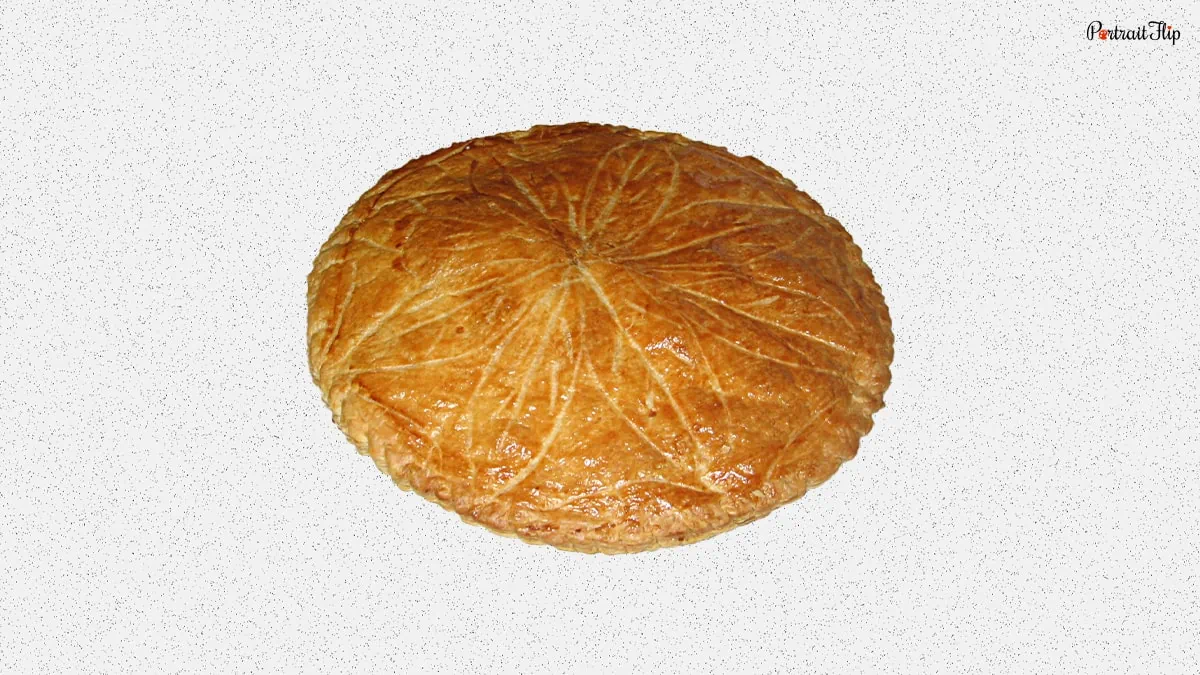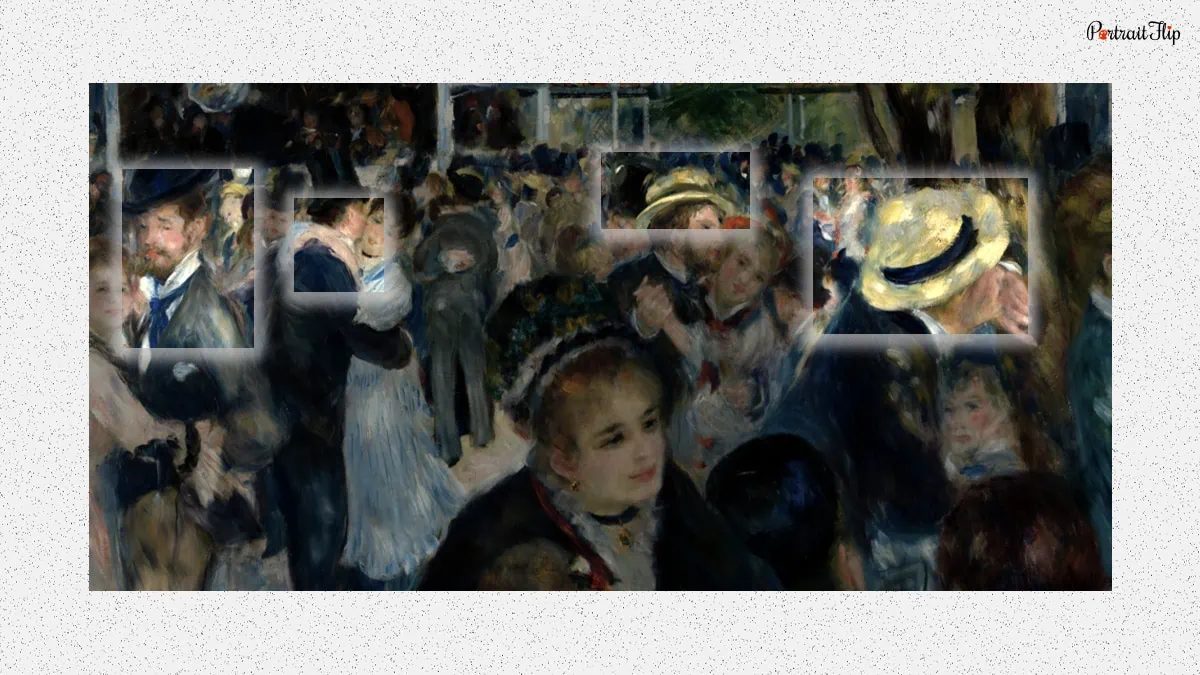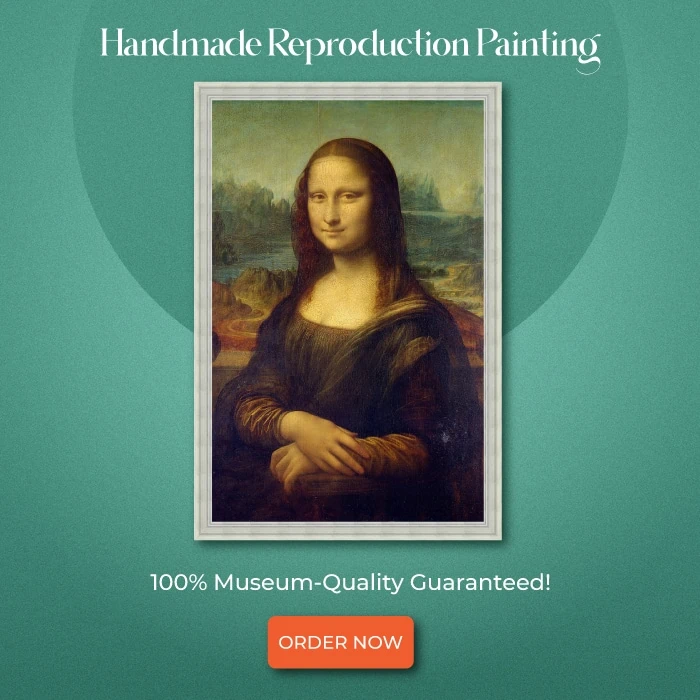A painting is the embodiment of emotions on a dripping canvas!
Paintings can express, elevate, and amplify human emotions with a dash of creative liberty.
There are many paintings that are known to embrace the various virtues of life. One of them happens to be the famous Bal du Moulin De La Galette (Dance at Galette in English).
This impressionist artwork by the famous French artist Renoir is a visual depiction of how life is celebrated in Paris.
Renoir, a producer of over 4,000 artworks, was popularly known for taking couple portraits to another level.
Most of his paintings were romanticized depictions of young French couples. However, a few of Renoir’s artworks, like Bal du Moulin de La Galette, revolved around a public theme.
Why would an artist who preferred to create intimate couple paintings produce a public themed painting?
Let’s find out Renoir’s inspirations and motivations to create this masterpiece through this blog!
Table of contents
History Behind Bal du Moulin De la Galette
Bal du Moulin de la Galette was produced when impressionism was still budding in France. It wasn’t a very popular choice to depict scenes consisting of various human subjects.
However, the French artist Renoir also considered other aspects of the painting in order to encapsulate the scenes through art.
Wait! Before getting into more details, let’s understand the backdrop of this painting.
The title of this painting refers to an open dance in the town of Montmartre while having a galette.

Montmartre is a hill located 20 minutes north of Paris. It’s a place where Parisians usually celebrate their weekends while having some drinks and eating galettes.
You might wonder about Galette. It’s a French type of cake that is layered and crusty in nature. It’s one of their delicacies.
And it goes very well with a glass of wine while witnessing the Dance at the Moulin de la galette!

Being a painting containing a large number of human subjects, Renoir spent a significant amount of time in its preparation.
He invited some of his friends and acquaintances to model for Bal du Moulin de La Galette.
His studio looked like the Moulin itself for a few days until he finished painting this masterpiece.
Now, we’re well acquainted with the theme of the painting. Let’s understand its significance in different ways.
Artistic Significance
Bal Du Moulin De la Galette happens to be one of the earliest testaments of impressionism.
It was produced in 1876, when the art movement wasn’t prominent in France.
Although artists like Claude Monet and Paul Cezzane were actively producing impressionist artworks.
Renoir’s moulin de la galette emerged as one of the prominent artworks in the French diaspora after its creation.
His motive behind depicting multiple human subjects using impressionism was truly justified in his style of painting.
Apart from being an early bird in impressionism , Pierre-Auguste Renoir’s le moulin de la Galette also created a decent impression amongst other artists as well.
Theories Surrounding Bal Du Moulin De La Galette
Being a very popular and immaculate piece of art, Bal Du Moulin De La Galette fetched worldwide fame to Renoir.
Hence a tornado of speculations and theories started revolving around this painting.
Replica
Bal du Moulin De La Galette became a unique painting of that time because of its unusual representation of the crowd.
Later on, Renoir’s Moulin De La Galette found itself surrounded by a bunch of theories.
There were rumors about unethical replications of Renoir’s masterpiece.
However, the original size of the painting was 52 x 69, and it was not an easy job to replicate an impressionist artwork.
Later on, it was discovered that Pierre Auguste Renoir replicated Le Moulin de la Galette to a few smaller versions on special requests.
Suggested Read: Sunflowers by Van Gogh
Themes and Symbols
When we talk about symbolism in impressionist artworks, le moulin de la galette by Renoir follows a very different approach than other figurative artworks.
Other styles of artworks and art movements often emphasize the embodiment of subjects as symbols.
Impression is contrary to that approach. It punctuates the inclusion of symbolism in the primary and secondary style of paintings used.
For instance, In Bal du Moulin De La Galette:

- Brush Strokes: The brush strokes by French painter Renoir while creating this masterpiece seem very liberal and free in nature. His thirst to depict a free and liberated environment seems justifying.
- Time of the Day: The element of light is embedded in such a way that it depicts the afternoon in a very subtle manner.
People in Moulin de la galette painting

- Jeane Samary: A popular French actress from Paris who used to perform at Comedie- Francaise theater. She was a part of Renoir’s Luncheon of the Boating Party as well.
- Estelle Samary: Sister of French actress Jeane Samary.
- Pierre-Franc Lamy: A famous French painter who included impressionism in his artworks.
- Norbert Goeneutte: A famous illustrator from Paris.
- Eugene Pierre: A Jurist from Paris.
- Henri Gervex: A Famous French painter who received the Legion of Honor for his contribution towards art.
- Paul Lhote: A very famous French painter and Renoir’s close friend who appeared in his other artwork Dance in the Country.
- Don Pedro: Famous Cuban painter who visited France frequently.
- Marguett Legrand: A dancer who’s accompanied by Don Pedro in Le Moulin
Composition and Analysis
Paintings like Bal Du Moulin De La Galette contain a very layered composition. Depicting
and indulging the essence of impressionism requires a lot of detailing.
The French artist Renoir embedded many layers in this painting with his expertise in art. Let’s unfold these layers subsequently:
- The Moulin: The most important element in this artwork happens to be the foyer where all the subjects are painted dancing. It is composed in such a way that it easily contains all the human subjects according to the space available.
- Positioning of human subjects: In moulin de la galette by Renoir, all the models who are painted dancing and enjoying their time at Le Moulin, are positioned with adequate spacing. Renoir has done this to avoid overlapping brush strokes of any character.
- Dreamy Brush Strokes: Impressionism is known for significant use of dreamy brush strokes in order to make the composition look a bit utopian. Similar nuances can be noticed here. Upon noticing with detail, the floor looks a bit dreamy and cloudy.
- Hat: A hat with a yellow base and a black ribbon is being used by most of the subjects in this painting by Renoir. It appears to be a traditional French wear common amongst Parisians.
- Still Life: Bal du Moulin De La Galette is an artistic snapshot of a scene from real life. Hence, it comprises all the elements of a still life painting. Whether we talk about natural objects like trees or man made objects like tables and chairs, this artwork includes plenty of them.
Suggested Read: Impression, Sunrise by Claude Monet
Lighting and Color

If there’s an element that can change the overall interpretation of the painting from a viewer’s perspective, it’s the lighting of the dance at le moulin de la galette.
When we talk about still life paintings, the lighting element can be ambiguous. However, in Bal du Moulin De La Galette, the central theme is set outdoors.
So, the primary element of lighting is sunlight in Le Moulin de la Galette by Renoir. The artist has used a few tints of yellow blended with white.
His motive was to give an authentic feel to the slight rays of sunlight falling on the clothes of the human subjects.
Bal du Moulin De La Galette depicts a typical style of presenting sunlight using paint smudges, like other Renoir paintings such as The Swing.
Color Scheme

If an artwork has a vivid and vibrant nature, it will catch an eye for sure. But some paintings tend to attract the attention of viewers due to their peculiar choice of colors.
Bal du Moulin De La Galette falls under the same umbrella. Since it’s an impressionist artwork, it portrays many color schemes that appear to be vivid but are pretty straightforward conceptually.
For instance, let’s talk about the color used in the clothing of the human subjects. At a glance, it seems vivid, but only 3-4 basic color pigments are used to illustrate clothing:
- Navy blue pigment with a tint of white: Renoir chose navy blue pigment along with a slight blend of white to paint the blazers and trousers of male figures. The use of white in nominal amounts intends to expose their clothes to sunlight.
- Pink and cherry red: These colors are mostly used to add a minute highlight in a composition like Bal du Moulin De La Galette. For instance, detailed elements like ribbon and headbands are covered by these colors in order to increase their visibility.

Bal du Moulin De la Galette’s Réception
Bal du Moulin De la Galette was one of the very few paintings to represent the French Guinguette culture.
Guinguette refers to an open air bar/cafe and is a very integral part of small town French culture. Not many famous artists covered this theme intrinsically in their paintings.
After producing this popular artwork, French painter Renoir started receiving a mixture of responses from art critics and journalists.
An exemplification of this fact can be witnessed in Gustave Geffroy’s reception of Bal du Moulin de La Galette.
He perceived this painting as a very moving and expressive artwork. Nevertheless, he also mentioned the diligent use of bright colors to add subtle highlights to the characters.
Geffroy was a renowned French journalist back then. A positive review coming from Geffroy showed a great deal of appreciation for Renoir.
Influence
Bal du Moulin De La Galette became a sensation among the Parisian crowd just a few years after its production.
Since it depicted the French youth in a glamorous light, it became an emblem to represent the youth of Paris across Europe.
Due to the inclusion of these elements in a very decent amount, Bal du Moulin de La Galette received recognition from new age artists as well.
New age French painters also seek inspiration from these classical artworks in order to elevate the standards of their artwork.
Recommended Read: The Milkmaid
Its Appeal Today
Being an absolutely immaculate artwork, Bal du Moulin De La Galette still catches an eye everywhere it’s talked about.
It currently sits in the Musee d’Orsay museum in Paris, along with other paintings by Renoir.
Although Renoir was a great admirer of intimacy, this painting depicts a sense of happiness and celebration among the Parisians.
Which is not a common theme for Renoir paintings.
Conclusion
Bal du Moulin de La Galette is one of a kind artwork that embraces the liveliness of pre-modern French youth.
The French painter Renoir has embedded a sense of ambrosia in the painting with his expertise in handling colors.
It’s not just one of the best French paintings of all time, it’s a visual celebration of life!
Author’s Note
Hello Readers,
Thank you so much for reading my blog about the French painting Bal du Moulin de la Galette.
I hope my blog answers all your questions about this amazing piece of art. If not, check out the FAQs for more information!
We keep producing these types of blogs about art and aesthetics on a regular basis. Scroll through our blog page to pick your favorite read.
Follow us on Instagram and subscribe to our YouTube channel for the latest updates.
If you wish to own Pierre-Auguste Renoir’s Le Moulin De La Galette ,then we have got you covered!
At PortraitFlip, we produce highly nuanced and realistic replicas of famous paintings. And that too for a few hundred bucks!
Check out our page…
FAQs
Bal translates to dance in English. It’s used with reference to a gathering where dance is being performed on a large scale. Such as the scene at Le Moulin de la Galette.
Renoir’s paintings were always valued at a towering amount. Pierre-Auguste Renoir’s Le Moulin de la Galette was priced at a whopping $78 million.
Luncheon of the Boating Party, Dance at Bougival, and Bal du Moulin de La Galette are some of the most popular paintings by Renoir.
Pierre-Auguste Renoir’s le moulin de la galette is associated with the impressionist art movement.
There are nine well-known people featured in the Bal du Moulin de La Galette by Renoir. Most of them were contemporary artists and government officials.
Renoir spent about three months creating the Moulin de la Galette painting. He began by identifying and outlining the models on the canvas and gave a finishing touch to this artwork by adding color tints for shading.





